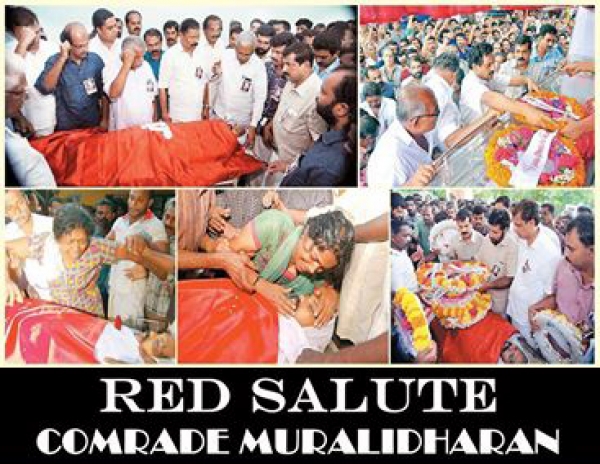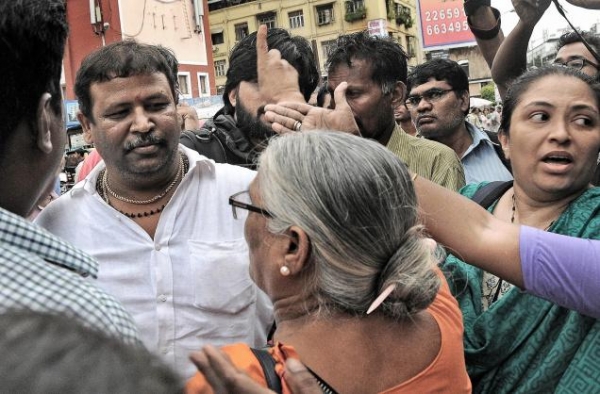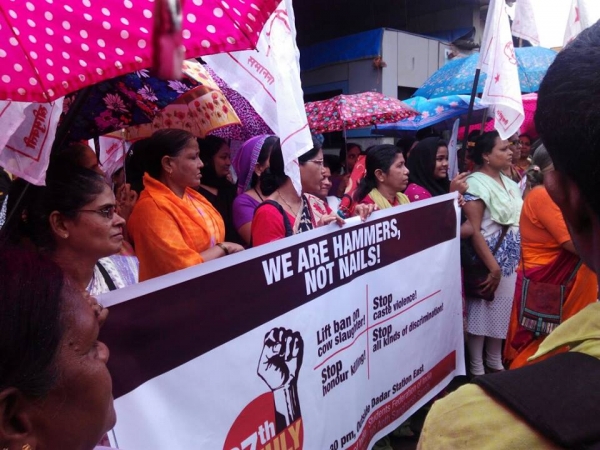RSS goons kills DYFI activist in Kasaragode
Today RSS goons killed a DYFI activist in Kumbala, a village in Kasargode today. Murali, a resident of Shantipallam in Kumbala was stabbed to death on 4.45 P.M. today near Apsara Mill area near Sithamgoli.
RSS goons led by Sharat, stopped motorcycle on which Murali (37) and his friend Manjunath travelled and pulled him down and stabbed and sped away on motorscycles. Manjunath and Local people took him to Kumbala Co-operative hospital but he was succumbed to death before reaching hospital. Body of Murali has been shifted to Pariyaram Medical College for postmortem. LDF has announced one day hartal on Tuesday in Manjeshwaram, Kasargode taluks. Police has registered a case in which sharat is the first accused.
In last year RSS criminals tried to kill Murali and he overcame the injuries after a prolonged treatment. Murali was member of Shatipallam unit committee of DYFI. Cremation will be held on Tuesday. He is survived by wife Ranjini and eight month year old daughter Malootti.
The incident happened in the back drop of a controversy created by the BJP and UDF on the killing of RSS criminal Manoj in Kadirur. The conspiracy hatched by UDF government and BJP to hand over Manoj case to CBI was exposed recently. The content of the letter written by state home department to central government was filled with fictitious details on accused.




 Central Executive Committee
Central Executive Committee









Comments on Post (4)
Mason Gray
Many communities in the disease zones have inadequate sanitation that allow frequent trash piles and open sewers to serve as mosquito breeding and feeding grounds, according to the final outcome statement from the Aedes aegypti summit last month.
Johny Elite
Lorem ipsum dolor sit amet, consectetur adipiscing elit. Nam viverra euismod odio, gravida pellentesque urna varius vitae, gravida pellentesque urna varius vitae.
Rog Kelly
Lorem ipsum dolor sit amet, consectetur adipiscing elit. Nam viverra euismod odio, gravida pellentesque urna varius vitae, gravida pellentesque urna varius vitae.
James Warson
Many communities in the disease zones have inadequate sanitation that allow frequent trash piles and open sewers to serve as mosquito breeding and feeding grounds.